Manufacturing is undergoing a period of profound transformation fuelled by increasingly competitive markets, which demand performance and agility never seen before without granting anything in term of quality. Industry 4.0, Smart Manufacturing and Smart Factory, current issues for at least a decade, are born precisely to face the challenges of the sector relying on the potential of technology and - above all - of data enhancement. On the other hand, only a correct transformation in a technological sense is able to give a concrete response to the needs of the market while ensuring, at the same time, the economic sustainability of production processes. In 2022, success depends on the ability to achieve a correct balance between performance and efficiency: digital, production planning and execution platforms (MES), the Industrial Internet of Things (IoT) universe and, above all, the analysis platforms, are oriented exactly to this.
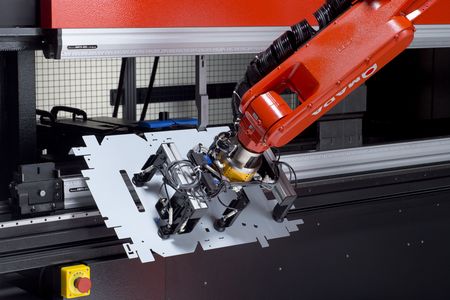
The need to minimize downtime
In the above scenario, efficient production requires continuous and uninterrupted operation. The Total Downtime Cost has always been one of the main cost items of industrial production, since it includes all those incurred during the suspension, any contractual sanctions, image damage that affects customer retention and the direct costs that the company must incur to restore production. In some circumstances, the sum of all these items and reputational damages puts the survival of the business at serious risk.
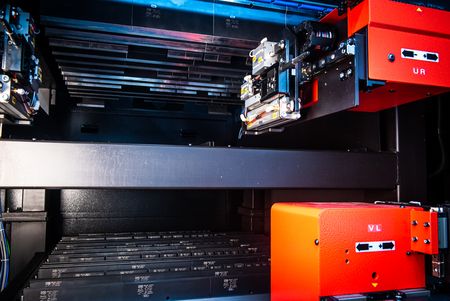
The causes of downtime are substantially two: the setups and the breakdowns. The first voice is physiological and is managed through methodologies (such as SMED) and dedicated technologies, such as automatic tool change. For the second a perfect synergy between the world of data collection, or the internet of things, and that of data analysis is required. The result is IoT Remote Support.
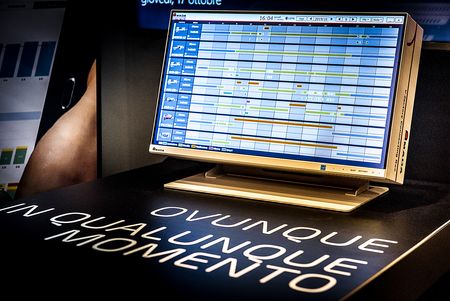
IoT Support: come funziona la data collection & analysis
IoT Support è un servizio di monitoraggio e gestione proattiva degli impianti che AMADA mette a disposizione della clientela e indirizza sia a prevenire i downtime che a gestirli nel minor tempo possibile.
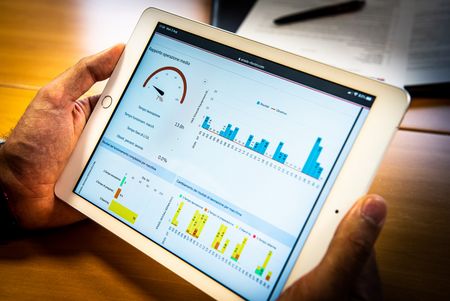
As anticipated, IoT Support is based on the concept, typically 4.0, of data collection & analysis. Continuous data acquisition is a prerequisite for continuous plant monitoring: the machines, in fact, produce huge volumes of data through the sensors they are equipped with (IIoT) and transfer raw information related to hundreds of parameters to the analysis platform. To generate value, all this information must be centralized, integrated and selected (data analysis), a very complex activity because, being Big Data, you do not have to deal only with huge volumes, but also with high data speeds (streaming) and heterogeneity.
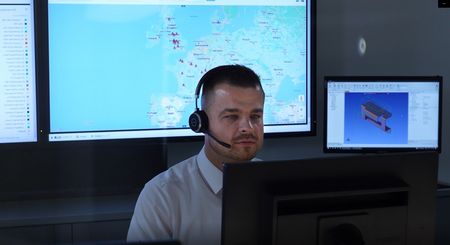
Specifically, AMADA receives and centralizes an infinite amount of data from its plants installed in the world and, thanks to advanced analysis platforms, is able to "transform" them into timely and synthetic information, all assisted by a proactive alerting system. In this way, AMADA technicians receive in real time not only indications of downtime, but also predictive information: so the company frequently gets in touch with its customer to report anomalies before the latter notices.
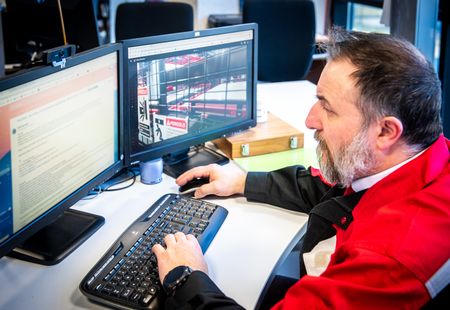
IoT Support and remote intervention
IoT Support is not only monitoring and alerting, but also remote intervention on machines. In other words, when an anomaly is detected, AMADA technicians can act immediately to fix it. And this represents an additional benefit for customers, not only in terms of efficiency, but also flexibility.
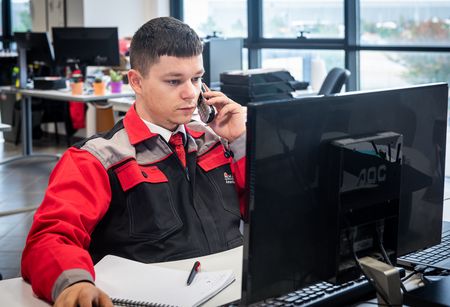
The traditional telephone assistance, in fact, presupposes that the operator knows the systems and the dynamics of operation of the machine in a hyper-detailed way. Being able to operate AMADA remotely to restore systems or modify operating parameters, the Customer can involve even less experienced resources, favouring a gradual learning path that does not compromise productivity.
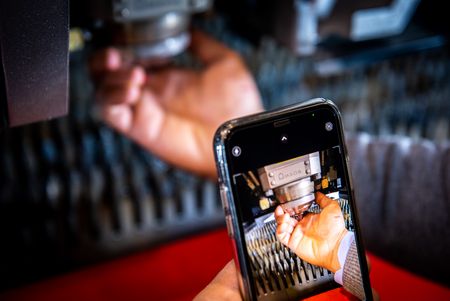
Finally, but certainly not importantly, IoT Support leverages network connectivity to enable innovative support instances. In some cases, in fact, the operator must intervene directly on the machine but, as anticipated, it is not said that he knows all the subsystems, nor that a telephone explanation is sufficient to understand the exact mode of intervention. Thanks to screen and video sharing, operators can frame the machine with a portable device (typically a smartphone) and be guided by AMADA technicians towards the solution of the problem. Two benefits: reduction/ prevention of downtime and training, all in one.